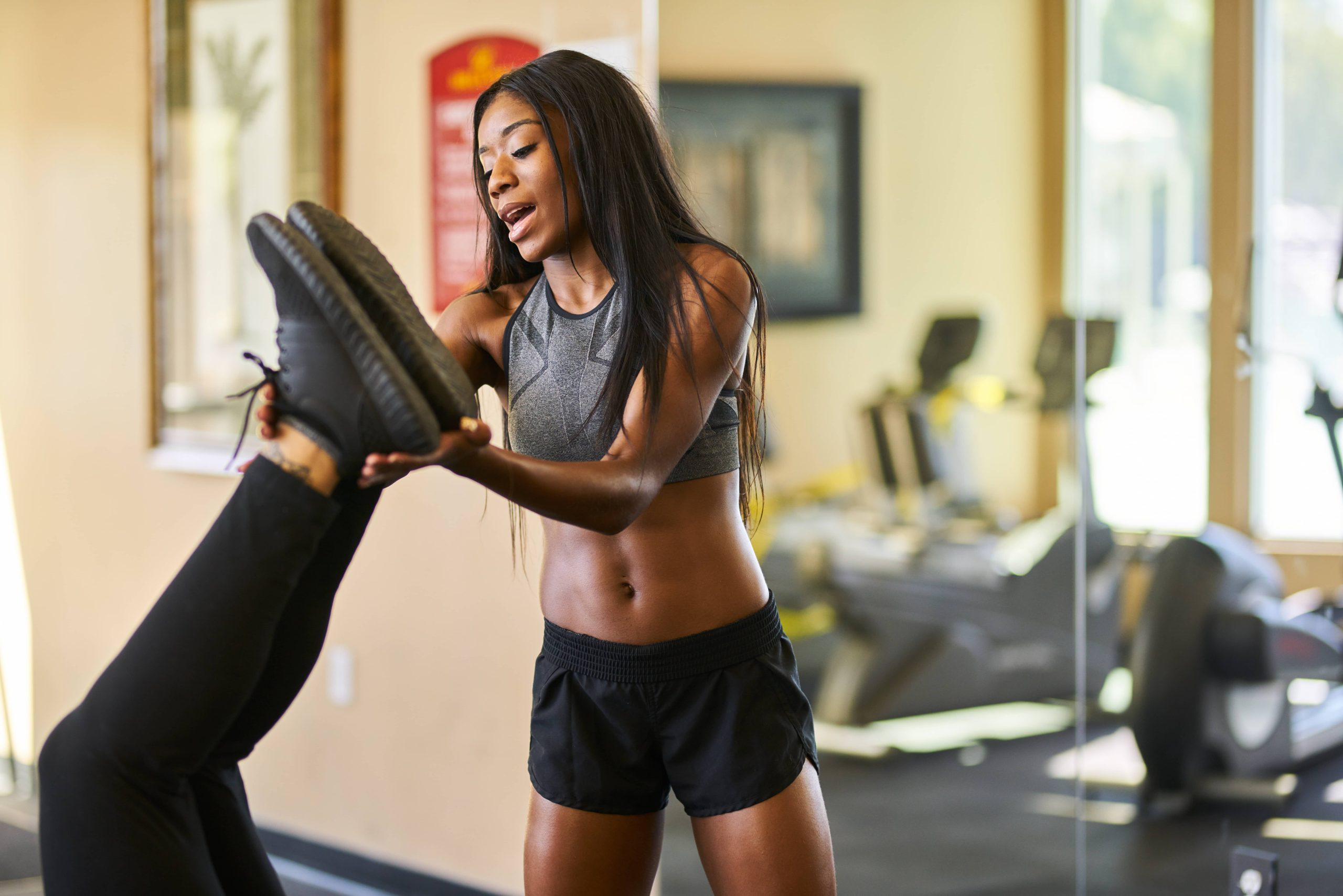
In the realm of general fitness, balance and coordination are often overlooked aspects that play a crucial role in achieving peak performance. Whether you’re an athlete, a weekend warrior, or someone simply looking to improve their overall fitness, mastering these skills can significantly enhance your physical capabilities and reduce the risk of injury. This blog post will delve into the importance of balance and coordination, how they contribute to peak performance, and practical ways to improve these skills.
Understanding Balance and Coordination
Balance is the ability to maintain your body’s center of mass over its base of support. It involves a complex interaction between the sensory systems (vision, vestibular, and proprioception), the central nervous system, and the musculoskeletal system. Good balance is essential for performing everyday activities and is crucial for athletes who need to execute complex movements efficiently.
Coordination, on the other hand, is the ability to execute smooth, accurate, and controlled motor responses. It involves the harmonious functioning of muscles and joints to produce movements that are well-timed and precise. Coordination is vital for activities that require agility, speed, and precision, such as playing sports, dancing, or even typing on a keyboard.
The Importance of Balance and Coordination in Fitness
1. Injury Prevention: One of the most significant benefits of improving balance and coordination is the reduction in injury risk. Poor balance can lead to falls and accidents, while lack of coordination can result in improper movement patterns that strain muscles and joints. By enhancing these skills, you can protect yourself from common injuries such as sprains, strains, and fractures.
2. Enhanced Athletic Performance: For athletes, balance and coordination are key components of peak performance. They allow for more efficient movement, quicker reaction times, and better control over the body. This can translate into improved performance in sports, whether it’s maintaining stability while dribbling a basketball or executing a perfect golf swing.
3. Improved Functional Fitness: Balance and coordination are not just for athletes; they are essential for everyone. These skills help with daily activities such as walking, climbing stairs, and carrying groceries. Improving balance and coordination can enhance your overall quality of life by making these tasks easier and more efficient.
4. Increased Body Awareness: Developing balance and coordination also improves proprioception, which is your body’s ability to sense its position in space. This heightened body awareness can lead to better posture, more efficient movement patterns, and a greater sense of control over your body.
How to Improve Balance and Coordination
Improving balance and coordination requires a combination of exercises that challenge your body in different ways. Here are some effective strategies to incorporate into your fitness routine:
1. Balance Exercises: Start with simple exercises like standing on one leg or using a balance board. As you progress, try more challenging movements such as single-leg squats or yoga poses like the tree pose. These exercises help strengthen the stabilizing muscles and improve your ability to maintain balance.
2. Coordination Drills: Activities that require hand-eye coordination, such as playing catch, juggling, or using a jump rope, can enhance your coordination skills. You can also try agility drills like ladder drills or cone drills to improve your footwork and overall coordination.
3. Core Strengthening: A strong core is essential for good balance and coordination. Incorporate exercises like planks, Russian twists, and medicine ball throws into your routine to build core strength and stability.
4. Functional Training: Engage in exercises that mimic real-life movements, such as lunges, squats, and push-ups. These exercises improve your ability to perform everyday activities with ease and efficiency.
5. Mind-Body Practices: Activities like yoga, tai chi, and Pilates focus on controlled movements and body awareness, making them excellent for improving balance and coordination. These practices also promote relaxation and mental focus, which can enhance your overall performance.
6. Progressive Challenges: Continuously challenge your balance and coordination by increasing the difficulty of your exercises. This could mean adding weights, closing your eyes, or performing movements on an unstable surface. The key is to keep pushing your limits to see continuous improvement.
Conclusion
Mastering the art of balance and coordination is a journey that requires patience, practice, and persistence. By incorporating exercises that target these skills into your fitness routine, you can enhance your physical capabilities, reduce the risk of injury, and achieve peak performance in your chosen activities. Remember, balance and coordination are not just about physical strength; they also involve mental focus and body awareness. Embrace the challenge, and you’ll find yourself moving with greater ease, confidence, and efficiency in all aspects of life.
